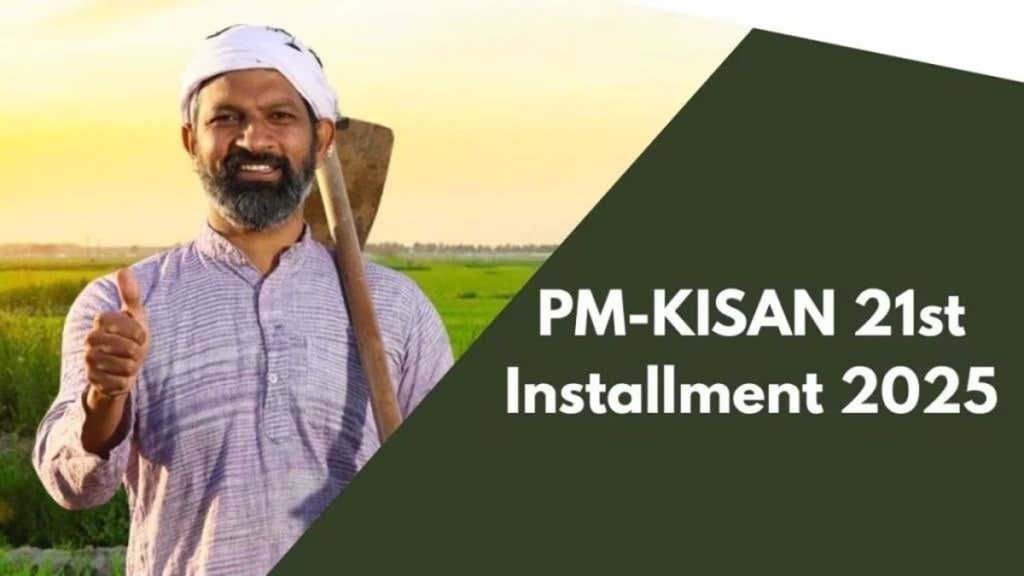Crores of farmers are eagerly awaiting the 21st installment of the Pradhan Mantri Kisan Samman Nidhi (PM-KISAN) scheme. The 20th installment of the Modi government’s flagship direct benefit transfer programme for farmers was released on August 2 this year and before that 19th installment on February 24. So the next will be the third installment of this year, which will be transferred only after complete verification of existing beneficiaries as the government has reportedly identified lakhs of people who have been wrongfully taking the benefits.
The Centre, however, has intensified its verification and database clean-up drive to weed out ineligible and duplicate beneficiaries — a move that, while necessary for transparency, has left many farmers anxious about whether their next installment will arrive on time.
Farmers await the next Rs 2,000 installment
Under the PM-KISAN scheme, the government provides Rs 6,000 a year to every eligible farmer, distributed in three installments of Rs 2,000 each. So far, 20 installments have been disbursed, and farmers are now waiting for the 21st tranche, expected in the first half of November 2025, though no official date has been announced yet.
Recently, the government released the 21st installment ahead of schedule for flood and landslide-affected farmers of Jammu & Kashmir. This has raised expectations that a nationwide release may follow soon.
But a big clean-up drive is underway
Even as farmers refresh the PM-KISAN portal to check their names, the government has been quietly running one of its biggest database verification drives since the scheme’s launch.
The Ministry of Agriculture and Farmers’ Welfare has reportedly identified over 29 lakh “suspected” cases where both husband and wife were receiving benefits simultaneously — a violation of the eligibility norms. These cases are now being verified with the help of state and district authorities. If convinced that these beneficiaries were wrongfully receiving the benefits under the PM-Kisan, the government will exclude them from the new updated list of beneficiaries.
Earlier, a similar exercise in 2022 led to the removal of 1.72 crore ineligible names from the PM-KISAN database, saving the exchequer crores in wrongful payouts.
This time, officials are cross-checking Aadhaar, land ownership, and bank account details to ensure that only eligible farmers receive the upcoming installment.
Why PM Kisan beneficiaries should check their status now
The government’s verification means that some farmers could temporarily lose eligibility if there’s a mismatch in details such as Aadhaar number, land records, or bank account linkage.
To avoid missing out on the next payment, registered farmers are being urged to check their status on the official PM-Kisan website (pmkisan.gov.in).
How to check your PM Kisan beneficiary status:
-Visit pmkisan.gov.in
-Click on ‘Beneficiary List’ under the ‘Farmers Corner’
-Enter your state, district, sub-district, block, and village
-Click ‘Get Report’ to see if your name appears in the list
If you’ve registered online or through a CSC centre, you can also check the status of your application under ‘Status of Self Registered Farmer/CSC Farmers’ by entering your Aadhaar number.
Government aims for transparency, farmers seek assurance
The government says the data clean-up is crucial to ensure that PM-KISAN funds reach the right hands, especially since some ineligible beneficiaries had managed to receive previous installments.
But on the ground, many small farmers fear delays. In several states, local authorities have begun re-verifying land ownership and Aadhaar details. Some farmers have even reported that their payments were “stopped” pending verification.
Since its launch in 2019, the PM-KISAN scheme has disbursed over Rs 3 lakh crore to farmers across India. But as the government tightens verification, farmers are being urged to keep their Aadhaar, bank, and land records updated to avoid missing future payments.
For now, the focus remains on two things — the announcement of the 21st installment date, and whether the ongoing verification will delay or reduce the number of beneficiaries receiving the next payout.


